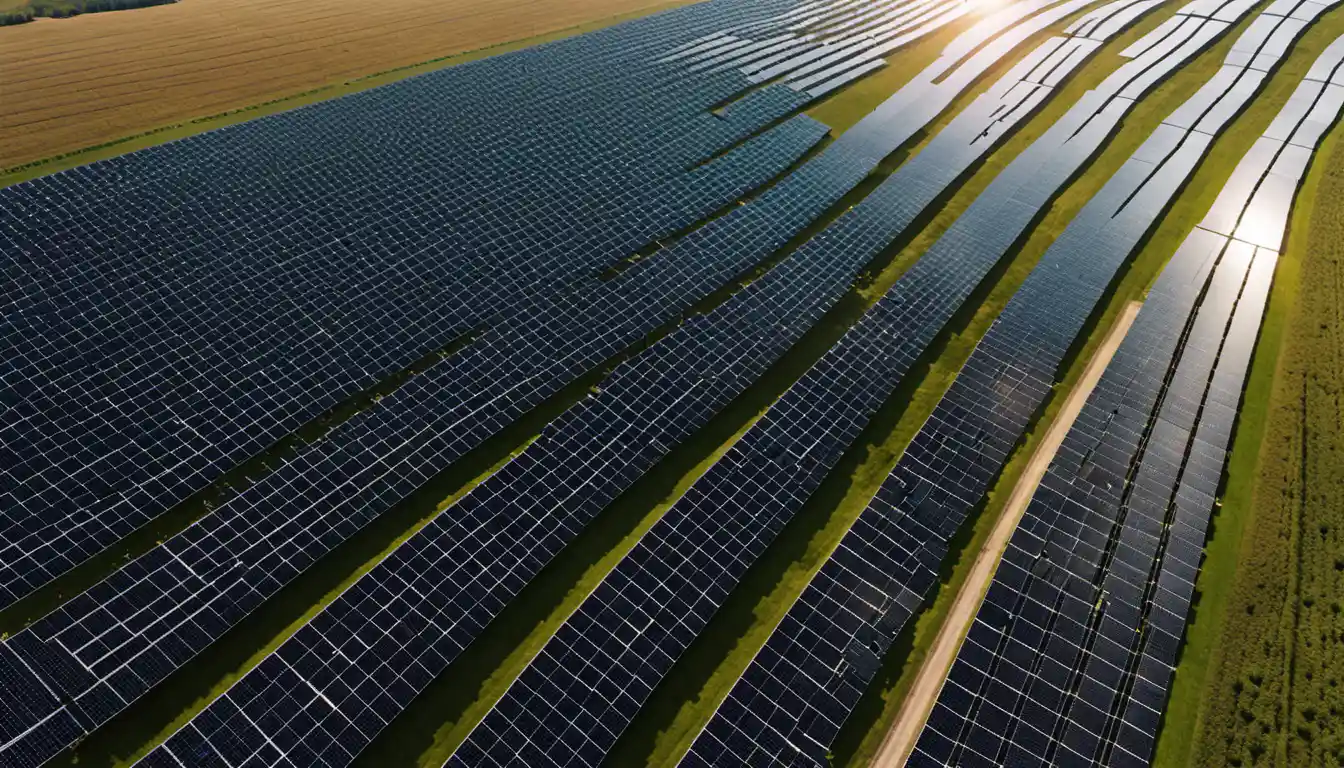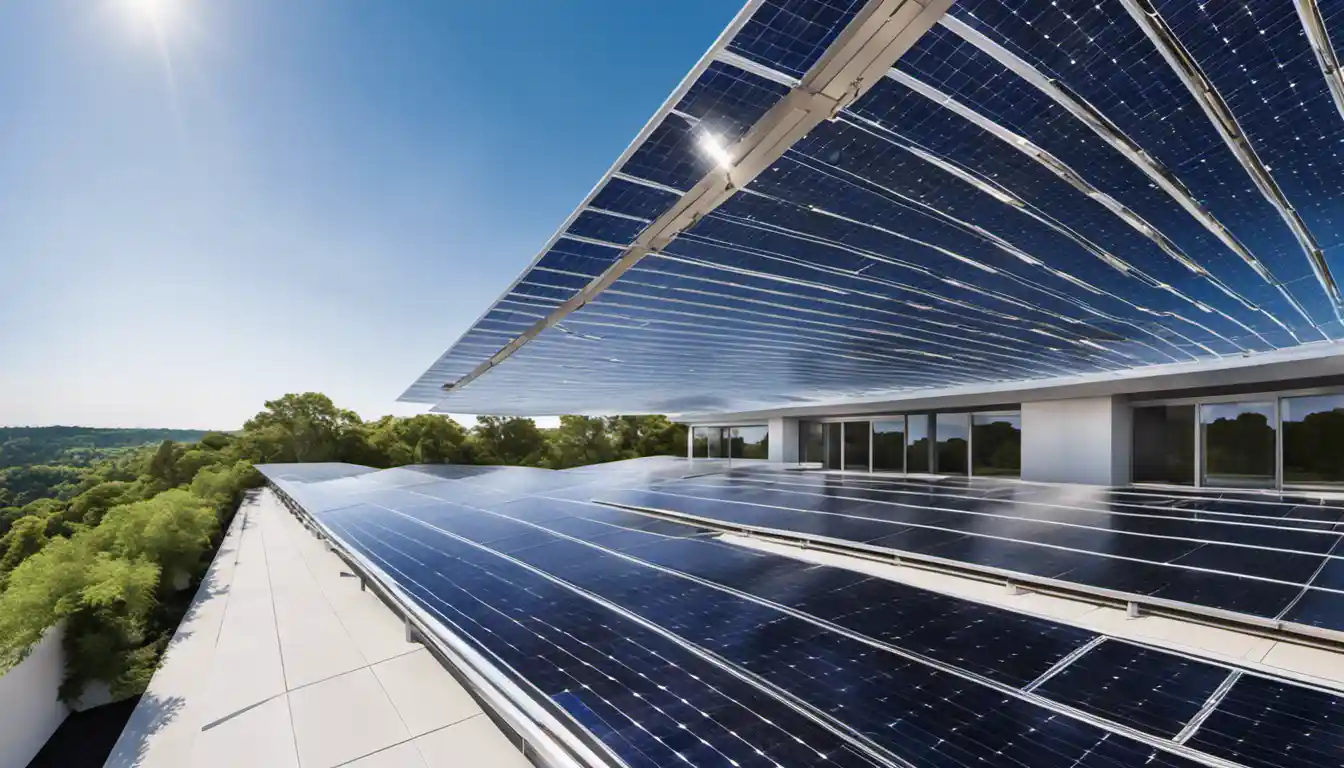Understanding EMP and Its Effects
Protecting solar panels from an electromagnetic pulse (EMP) generally involves shielding the solar panel system with a Faraday cage. This involves enclosing the panels and any connected systems in a conductive material, such as copper or aluminum, which can absorb the EMP and prevent damage. Professional installation is recommended to ensure maximal protection.
What is EMP?
Electromagnetic Pulse, or EMP, is a burst of electromagnetic radiation that can stem from natural sources such as solar flares or artificially from nuclear detonations and special EMP generators. This radiation can be particularly harmful to electronic devices, resulting in system failures.
How EMP Affects Electronics
Electronic devices are particularly vulnerable to EMP because of the rapid influx of electromagnetic energy. This energy surge can overload electronic circuits, causing them to burn out and stop functioning – akin to the damage caused by a mammoth lightning strike.
How Does EMP Work?
EMP can interfere with, and potentially destroy, electronic devices within its range by rapidly inducing high voltage and currents. The three stages of an EMP – E1, E2, and E3 – can damage both power lines and electronics of all sorts. The E1 phase is particularly destructive, inducing very high voltages in electrical conductors, spawning damaging electrical currents.
The Impacts of EMP on Solar Panels
Will EMP Affect Solar Panels?

A question often encountered in our field is, “Are solar panels affected by EMP?” The answer is, yes. Unfortunately, solar panels are not immune to the damaging effects of EMP. While the panels themselves are somewhat resistant due to their solid-state nature, the electronics supporting them – charge controllers, inverters, and battery systems – are vulnerable.
Solar Panels and EMP: Survival and Implications
Solar panels can survive an EMP; however, they may operate at reduced efficiency. Yet, the associated systems – the inverters that convert energy from direct current (DC) to alternating current (AC) for home use, for example – are the Achilles’ heel of solar installations when it comes to EMP related disruptions.
Understanding Inductance and Resistance
When an EMP hits, the electromagnetic fields involved generate what’s known as large eddy currents.
The Role of Large Eddy Currents
In a solar panel setup, these “large eddy currents” can induce destructive voltages and currents in the wiring and hardware. The induced voltage across a given length of wire depends on the rate at which the associated magnetic field changes and the field strength and is linked to the property of “inductance.”
Electrical Elastance and Its Consequences
The effect of the EMP on the solar panels and related systems will also depend on system “elastance” or how the system can accommodate the eddy currents’ surge.
Proactive Measures: Protecting Solar Panels from EMP

Installing Solar Panels in a Faraday Cage
The most effective way to protect solar panels from EMP is to house them inside a Faraday cage. Reputed to have been invented by Michael Faraday in 1836, the cage is a metallic enclosure designed to prevent the entry or escape of an electromagnetic field. When the cage is struck by an EMP, it routes the energy around the exterior of the cage, preventing it from reaching the electronics inside.
Utilizing Transient Voltage Suppression Devices
Another protective measure is the application of Transient Voltage Suppression (TVS) devices. TVS devices work in a similar paradigm to a circuit breaker, swiftly reacting to any voltage surge and thereby preventing damage.
The Importance of EMP-Hardened Solar Inverters
As I mentioned earlier, the inverter is an integral, yet vulnerable, part of the solar panel system. Getting an EMP-hardened inverter can significantly increase your system’s lifespan in the event of an EMP strike.
Harnessing the Power of EMP-Proof Solar Panels
Some manufacturers offer EMP-proof solar panels which integrate shielding materials and techniques into the panel’s design, making them highly resilient in the face of EMP attacks.
Purchasing the Right EMP-Proof Solar Panels

How to Identify Tested and Certified Panels
To discern between the real deal and an imposter, look for panels that have undergone certified EMP testing. This testing will simulate the conditions of an EMP event, and provide an accurate measure of the panel’s EMP resilience.
Evaluating the Quality of Materials Used in the Panels
Quality matters. Seek out solar panels crafted from superior materials. This often means the use of advanced semiconductors and robust conductive materials.
The Value of a Good Warranty
A good warranty is an indicator of the manufacturer’s faith in their product. A solar panel that comes with an EMP warranty adds an extra layer of assurance about its EMP resistance.
Final Thoughts: The Importance of EMP Preparedness
EMP is unequivocal in its threat to electronic systems. A massive EMP could cause mayhem on a monumental scale by felling the grid and incapacitating anything running on electricity. As we increasingly switch to renewable sources of energy like solar panels, it becomes pivotal to align them with strategies to negate EMP effects.
If you want to delve even deeper into the topic of solar panel protection, follow the link.
In the realm of renewable energy, vigilance is a virtue. So, equip yourself with knowledge and protect your investment. Remember, our transition to a sustainable world hinges on how we rise to the challenges we encounter. And if you ever need a guiding hand on this front, I am always here to help!



